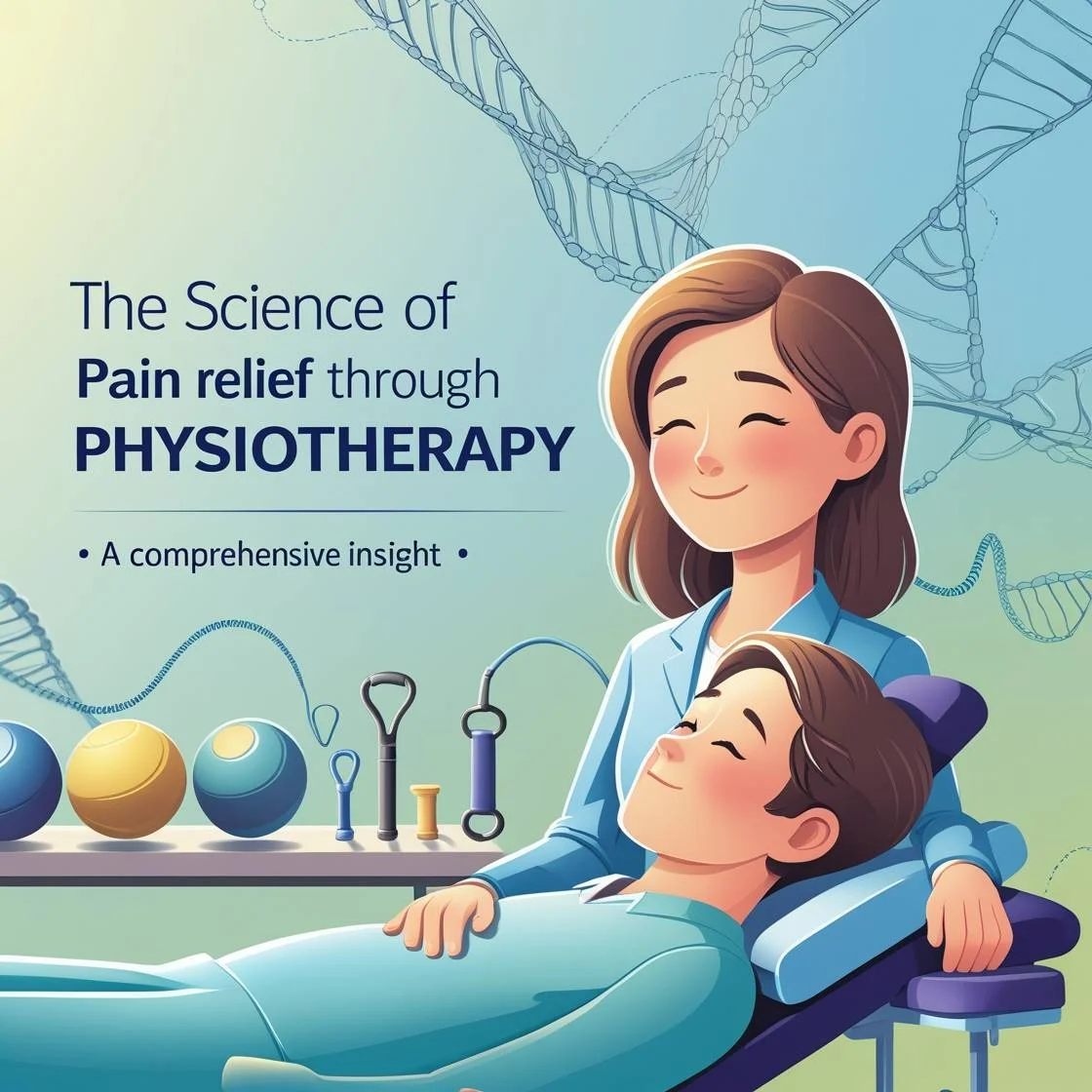Pain is a multifaceted experience influenced by physical, neurological, and psychological factors. Effective management requires more than temporary relief; it demands targeted, evidence-based interventions designed to address the root cause. Physiotherapy stands at the forefront of non-invasive pain treatment, utilizing a combination of biomechanical analysis, neurophysiology, and therapeutic exercise to restore function and eliminate discomfort. Whether managing chronic conditions or recovering from injury, patients often begin their journey with the best physiotherapist in Rawalpindi to receive precise, personalized care rooted in clinical expertise.
Understanding Pain from a Neurophysiological Perspective
Pain perception begins in the nervous system. When tissues are injured or stressed, nociceptors specialized sensory receptors send pain signals through the spinal cord to the brain. This triggers an immediate response to protect the affected area, often resulting in inflammation, muscle guarding, and restricted movement. Physiotherapy addresses this pathway by not only calming overactive pain signals but also retraining the nervous system to interpret physical stimuli correctly.
Through manual therapy, soft tissue mobilization, and nerve gliding techniques, physiotherapists reduce hypersensitivity in irritated nerve endings. Electrotherapy modalities such as TENS (Transcutaneous Electrical Nerve Stimulation) or IFT (Interferential Therapy) further modulate pain by stimulating endorphin release and blocking pain transmission at the spinal level.
Muscle Re-education and Joint Mobilization
Pain often leads to abnormal movement patterns and muscular imbalances. A cornerstone of physiotherapy is retraining muscles to perform efficiently and symmetrically. Targeted strengthening and stretching exercises restore joint alignment, improve load distribution, and reduce compensatory stress that perpetuates discomfort.
In conditions like frozen shoulder, disc herniation, or arthritis, joint stiffness and poor mobility amplify pain. Physiotherapists apply techniques such as Maitland or Mulligan mobilizations to enhance range of motion, release adhesions, and improve joint mechanics. For patients unable to travel due to mobility restrictions or post-operative limitations, physiotherapy home service Rawalpindi offers access to these same interventions in a home setting—ensuring continuity of care.
The Role of Therapeutic Exercise in Long-Term Pain Control
Physiotherapy doesn’t rely on passive treatment alone. One of its most powerful tools is customized therapeutic exercise. These routines are designed to correct biomechanical faults, reinforce healthy movement patterns, and activate underutilized muscle groups. Over time, this reduces stress on pain-sensitive structures like ligaments, tendons, and spinal discs.
Progressive loading, proprioceptive training, and neuromuscular re-education gradually improve resilience and function. Moreover, consistent movement enhances blood flow, promoting nutrient delivery to damaged tissues while flushing out inflammatory byproducts that cause pain.
Addressing Chronic Pain Through Cognitive and Physical Strategies
Chronic pain involves not just tissue damage but also altered pain processing in the brain. Physiotherapists are trained to manage these cases through a biopsychosocial approach. Graded exposure techniques help desensitize the nervous system, while patient education reduces fear-avoidance behaviors that often worsen pain.
Posture correction, breathing techniques, and relaxation strategies further assist in breaking the cycle of chronic discomfort. These methods, combined with physical treatment, empower patients to regain control over their symptoms, promoting both physical and psychological healing.
Inflammation Reduction and Tissue Repair
Physiotherapy accelerates the natural healing process by addressing inflammation at its source. Techniques such as cryotherapy, contrast therapy, ultrasound, and dry needling work to reduce swelling and promote tissue regeneration. These interventions stimulate collagen production, increase cellular activity, and improve lymphatic drainage essential for repairing soft tissue injuries.
Furthermore, patient-specific activity modification ensures that tissues are not overstrained during recovery, reducing the risk of reinjury and prolonging inflammation. This structured recovery is integral for athletes and post-surgical patients alike.
Final Thoughts
The science behind physiotherapy is grounded in anatomy, neurology, and biomechanics. By targeting every layer of the pain pathway from sensory nerves to dysfunctional movement patterns physiotherapists deliver relief that is both immediate and sustainable. Whether recovering from trauma or managing a chronic condition, physiotherapy restores quality of life by eliminating the source of pain, not just masking it.






